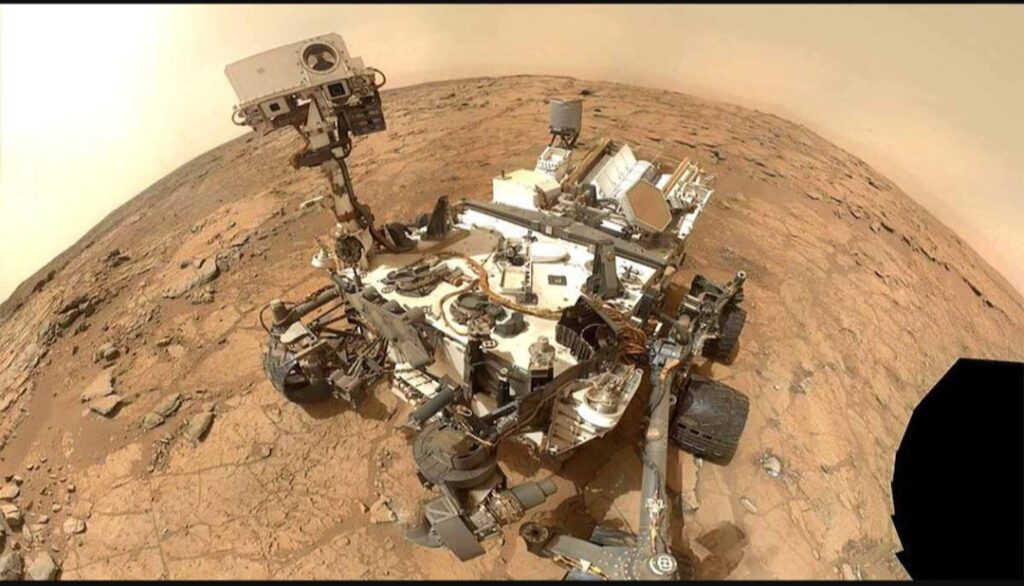
Scientists from the US space agency NASA have discovered evidence of ancient life on Mars. Along with this, it has also been found that these evidences and signs have been erased from the Red Planet. The record of evidence of life on Mars is recorded in the instruments of NASA’s Curiosity Rover. Along with this, it is also recorded that these evidences have been tampered with on Mars. Whether it was done by the weather there or by the time.
In a new study by NASA, it has come to the fore that evidence of ancient life has been erased or worn from some parts of Mars. This astonishing discovery was made by the Curiosity rover during the investigation of clay-filled stones. The Curiosity rover is currently in Gale Crater. This is the old lake of Mars which has become dry at this time. This lake was formed by the collision of asteroids 360 million years ago.
Meeting clay means having possibilities of life. Because clay is formed when the minerals of the stone separate and rot with water. It is considered to be the starting point of life. These are substances suitable for preserving microbial fossils for centuries.
The Curiosity rover took two samples of ancient mudstone. A sedimentary rock filled with clay. This stone was lying in the dry part of the lake. This stone is about 350 million years old. The parts of clay found inside it were half as expected. But the amount of iron oxide inside it was very high, due to which Mars gets its red color.
Erasing of these clays from the stones means that the evidence of ancient life is erased is a big event. It is believed that due to the flow of salty water present on Mars in ancient times, these clays disappeared from the stones. The amount of clay present in many places kept decreasing over time. Now there is evidence of ancient life in the form of clay at a very microscopic level.
Tom Bristow, a researcher at NASA’s Ames Research Center in California and the head of this study, said that these clay layers filled with minerals have been lost over the centuries. These will still be frozen in stone beneath Gale Crater. In which evidence of life from millions of years ago can be found. The layers of clay deposited in the stones above must have ended with the flow of water. Or from the shockwave caused by strong wind or collision of asteroids.
The Curiosity rover had extracted this data from the Martian stone by drilling it. The name of the instrument used for this drilling is Chemistry and Mineralogy Instrument (CheMin). It tells by examining the stones that there was life there before. Tom Bristow said that the chemical change of sediments is called diagenesis. Due to this new life would have started on Mars and old life would have ended. Their evidence would have been erased.
Despite diagenesis, many older stones still contain evidence of ancient life. But it has been confirmed that due to the flow of Gale Crater salty water, these evidences must have been destroyed. John Grozinger, a co-author of this study and professor of geology at the California Institute of Technology, said that evidence of life can be found only in places like Gale Crater. There you will find the fragments of the old life.
Professor John Grozinger said that maybe due to diagenesis, evidence of life has been erased from the lake of Gale Crater. But there will still be plenty of evidence and fragments of ancient life beneath the surface. We are glad that the Curiosity rover has made this beautiful discovery.
The Curiosity Rover started its exploration on Mars 9 years ago. Since then, he has been continuously making new revelations on the Red Planet. He is taking his time searching for ancient life on Mars. Moving around in different places. Drilling in stones. Now the Perseverance rover will help in its work, which has landed on Mars in February 2021.







